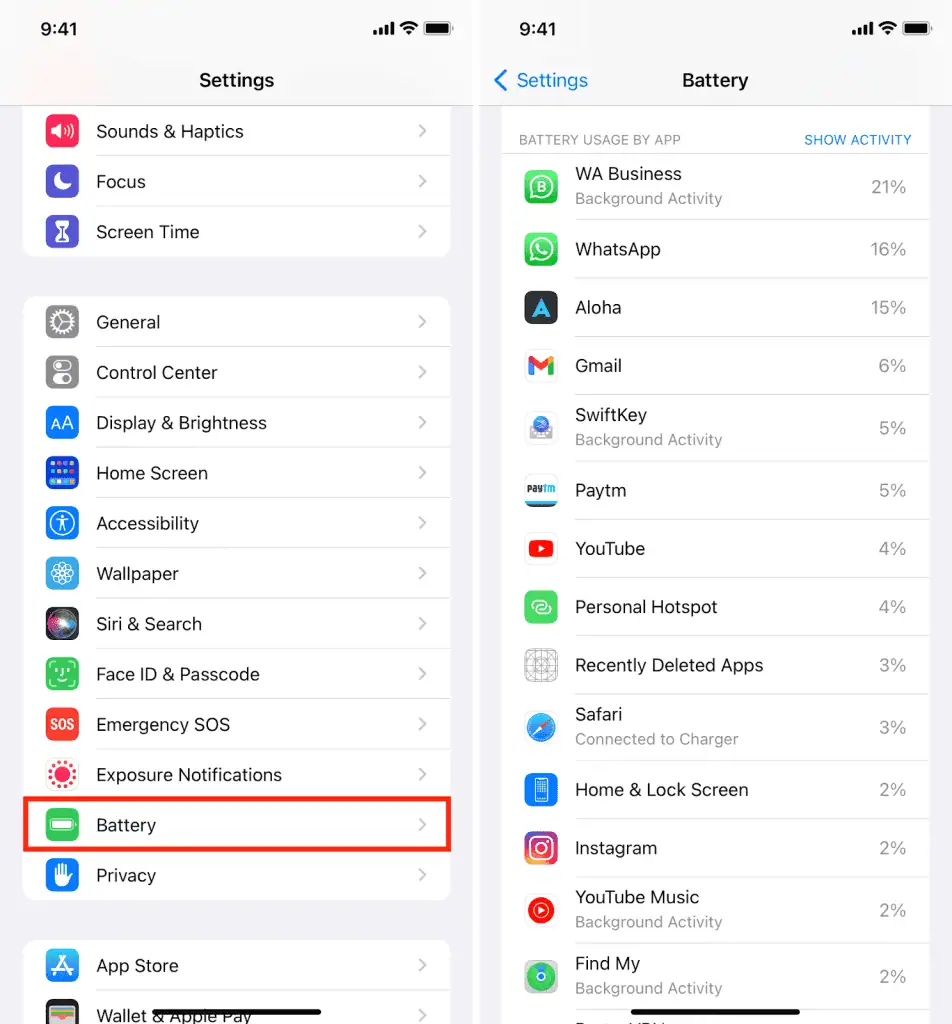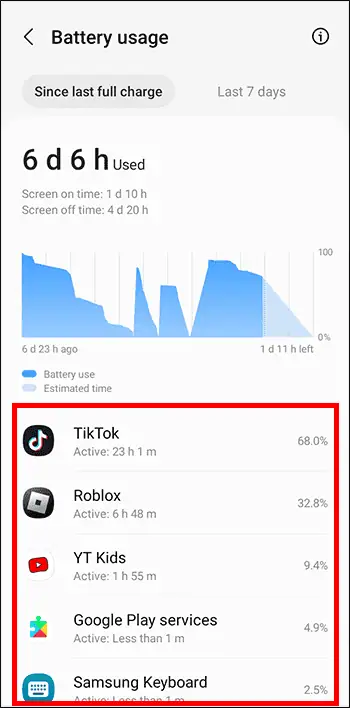Trust is the foundation of any relationship, but in today’s digital age, online activities can sometimes create doubts and insecurities. If you feel like your husband is hiding something, you are not alone. Many people wonder about their partner’s internet habits, especially if they have noticed changes in behavior.
With easy access to social media, dating apps, and other online platforms, it has become more common for individuals to engage in secretive activities. While privacy should be respected, transparency is also key to a healthy relationship. If you are suspicious and looking for ways to check on his online activity, there are several methods to uncover the truth without violating ethical boundaries.

1. Use Monitoring Apps to Track Online Activity:
One of the most effective ways to track a spouse’s online activity is by using phone monitoring apps. These tools provide real-time access to:
- Social media interactions
- Call logs and messages
- GPS location
- Browser history
- Photos and media files
2. Perform a Reverse Image Search to Identify Hidden Social Accounts:
Many individuals create secret social media profiles using their pictures. A reverse image search can help uncover hidden accounts by matching photos across different platforms. Simply upload a selfie of your husband to an image search tool to see if it appears on unknown accounts.
Some of these services also allow you to search by usernames or phone numbers, increasing your chances of finding hidden accounts. If you suspect he’s using a different identity online, this method can be particularly useful.
4. Review Bank Statements for Suspicious Transactions:
If your husband is subscribing to dating sites, adult platforms, or other paid services, these charges will reflect on his bank statements. Look for:
- Membership fees for dating sites
- Adult content subscriptions
- Unusual or unknown digital service charges
If you share a joint account, this can be an easy way to identify red flags.
However, some ISPs might require a formal request or have restrictions on sharing this data. If you can’t access these records directly, using a router history log can be an alternative solution.
6. Manually Check His Browser History and Bookmarks:
If you get access to his phone or computer, check:
- Browser history
- Saved bookmarks
- Autofill passwords
- Download History
Even deleted history might be recoverable using specialized tools.
You can also look for notification settings on his phone to see if any apps have their alerts muted, which could be a sign that he’s trying to hide activity from you.
8. Inspect His Email for Signups and Activity:
Many websites require email verification for account creation. Checking his inbox, spam, and trash folders might reveal:
- Sign-up confirmations for dating sites
- Subscription receipts
- Reset password emails for unknown accounts
Deleted emails can sometimes be recovered from the “Trash” folder.
Be sure to check deleted messages or archived chats, as many messaging apps now have features that allow users to hide conversations more effectively.
10. Check Battery Usage to Identify the Most-Used Apps:
To see which apps your husband spends the most time on:
- For iPhone: Go to Settings > Battery > Show Activity

- For Android: Go to Settings > Battery > View Details

If dating or social apps rank at the top, it might indicate heavy usage.
11. Check Saved Passwords and Auto-Fill Data:
Many browsers have password managers that save login details. Checking this can reveal the websites he frequently visits and accounts he has created.
To check saved passwords:
- For Chrome: Settings > Passwords
- For iPhone (Safari): Settings > Passwords
- For Android: Google Settings > Password Manager
12. Look Through His Phone Gallery and Downloads:
Checking his phone’s gallery and downloads folder can provide insight into:
- Screenshots of conversations
- Downloaded images or videos
- Saved photos from secret chats
To go deeper, check the “Hidden” or “Recently Deleted” albums.
13. Review His Social Media Interactions:
Social media feeds are tailored to a user’s interests. Examining his:
- Followers and following lists
- Comments on posts
- Liked photos and videos
This can give you an idea of who he interacts with online and what kind of content he consumes.
14. Access Cloud Storage for Deleted Files:
If your husband syncs his device with cloud storage, it might contain:
- Deleted photos or videos
- Backups of messages
- Hidden documents or files
Cloud storage services like iCloud and Google Drive can store data long after deletion from a device.
Conclusion:
Monitoring your husband’s online activity requires a balanced approach, respecting privacy while addressing concerns. By using methods such as checking browsing history, tracking social media interactions, and leveraging monitoring apps, you can uncover digital behavior patterns.
However, trust and open communication should remain the foundation of your relationship. If doubts persist, consider discussing your concerns directly or seeking professional guidance. Ready to take the next step? Explore secure monitoring tools or consult a relationship expert to address any trust issues effectively. Your peace of mind matters—choose an approach that aligns with your values and relationship goals.
FAQs:
Monitoring your husband’s online activity depends on the laws in your country or state. Generally, tracking someone without their consent can be illegal, especially if it involves hacking accounts or installing spyware. Always check legal guidelines before proceeding.
Various monitoring apps like mSpy, Mobi, and FlexiSpy provide insights into social media activity, call logs, and browsing history. However, ethical and legal considerations should always be taken into account.
Yes, you can check his search history through shared devices, Google account history, or browser settings. However, if he frequently clears his history or uses incognito mode, this method may not be reliable.
Instead of jumping to conclusions, have an open and honest conversation. Express your concerns calmly and gather evidence before making any assumptions. Consider professional counseling if trust issues persist.
Trust and transparency are key. Instead of secretive monitoring, try discussing digital boundaries and mutual expectations. If concerns arise, approach the situation with understanding rather than confrontation.
